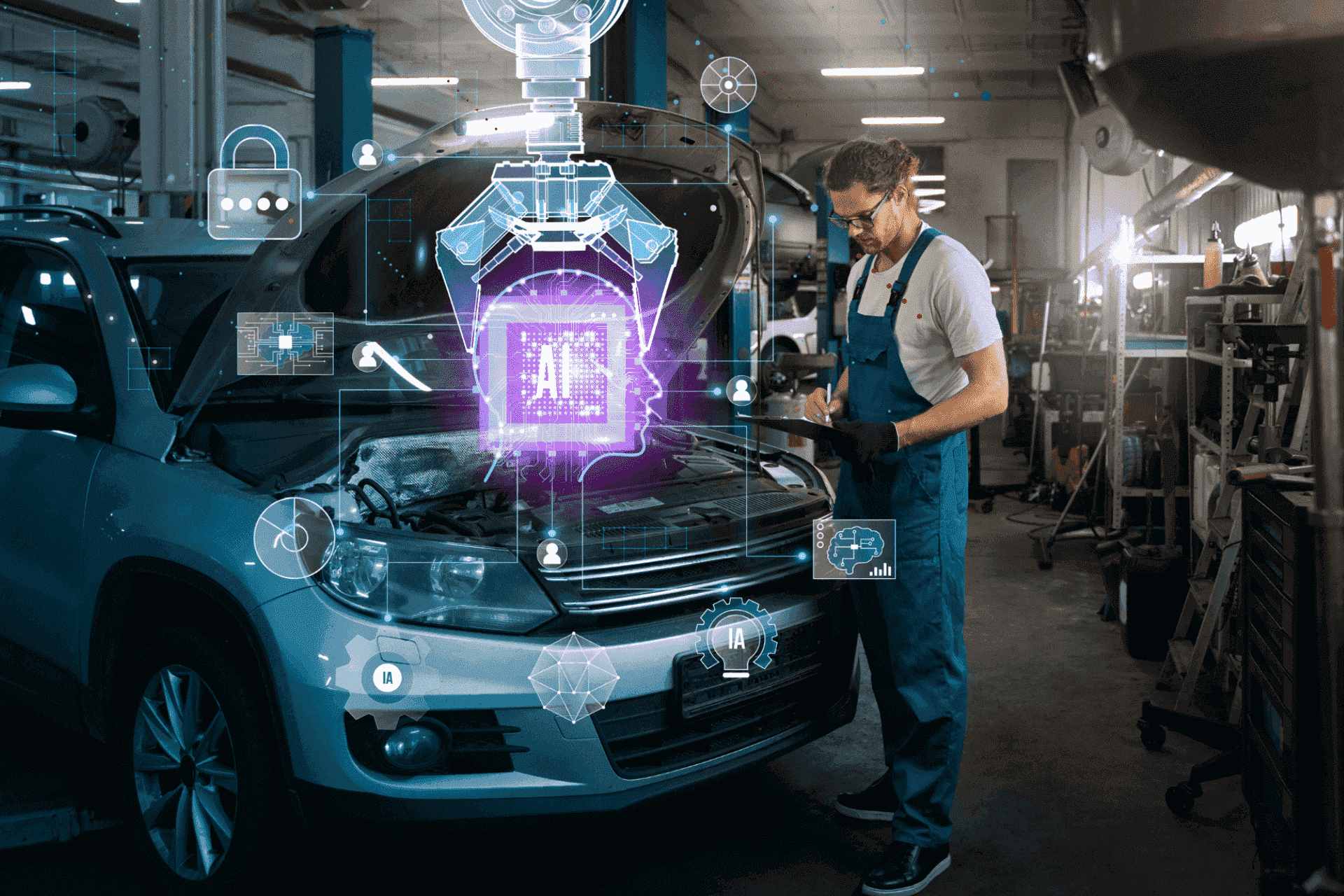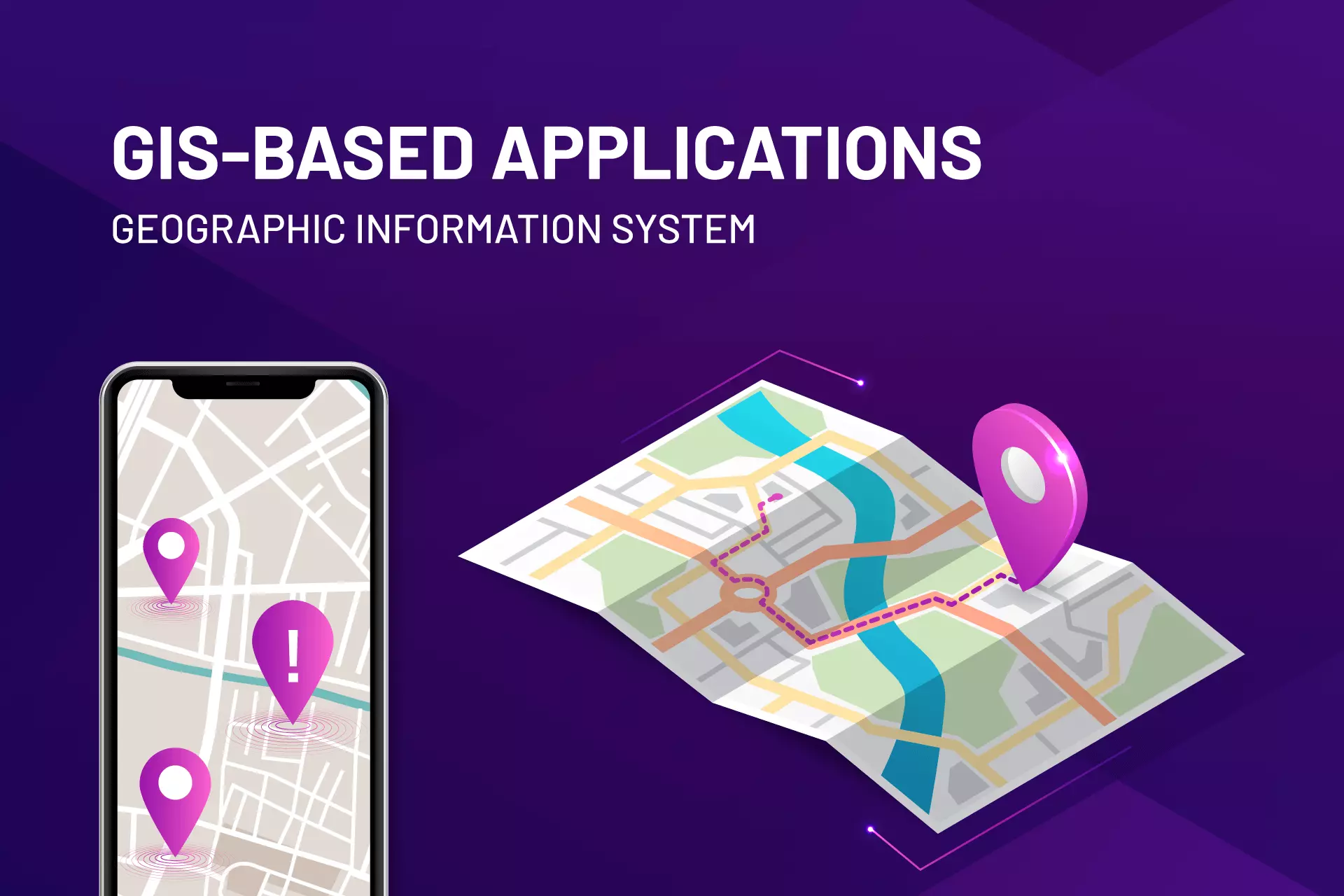Automotive embedded systems refer to the electronic control units (ECUs) and software that are embedded within vehicles to control various functions such as engine management, safety systems, infotainment, and more. These systems are crucial for the proper functioning of modern vehicles and play a key role in ensuring safety, performance, and efficiency.
Automotive embedded systems play a pivotal role in the modern automobile, integrating electronic components and software to enhance vehicle performance, safety, and functionality. These systems are characterized by their integration into the vehicle’s hardware, enabling real-time control and monitoring of various functions.
Some key aspects of automotive embedded systems include real-time operating systems, communication protocols (such as CAN, LIN, and FlexRay), sensor integration, and software development for specific automotive applications.
Automotive embedded system Specializations:
Today, a typical automobile on the road has computer-controlled electronic systems, and the most commonly used embedded systems in a vehicle include Airbags, anti-lock braking system, black box, adaptive cruise control, drive-by-wire, satellite radio, telematics, emission control, traction control & automatic parking.
Some of the main specializations are :
- Powertrain Control Specialist
- ADAS Engineer (Advanced Driver-Assistance Systems)
- Infotainment Systems Developer
- Embedded Software Architect
- Functional Safety Engineer (ISO 26262)
- Connectivity Specialist
- HMI (Human-Machine Interface) Designer
- Cybersecurity Engineer
- Electric Vehicle (EV) System Integrator
- OTA (Over-the-Air) Update Engineer
- Telematics and Fleet Management Specialist
- Regulatory Compliance Analyst
Automotive embedded demand refers to the increasing demand for embedded systems in vehicles for various functions such as infotainment, navigation, advanced driver assistance systems (ADAS), and vehicle connectivity. This demand is driven by the increasing complexity and sophistication of modern vehicles, as well as the growing trend towards electric and autonomous vehicles.
In the automotive embedded systems field, professionals face demands that align with the industry’s rapid evolution and technological progress. Approximately 20% of the demand centers around innovation and adaptability, necessitating a continuous drive for technological advancements in areas such as connectivity, electrification, and autonomous driving. A significant 25% is attributed to expertise in functional safety, particularly compliance with ISO 26262, as ensuring the safety and reliability of embedded systems is paramount.
Cybersecurity skills constitute about 15% of the demands, reflecting the rising need for professionals adept at safeguarding vehicles against evolving cyber threats. With the shift towards electrification, there’s a 10% demand for specialists in electric and hybrid vehicle integration, focusing on managing battery systems and optimizing energy efficiency. Approximately 15% of the demand revolves around proficiency in software development, requiring strong skills in languages like C/C++, real-time operating systems (RTOS), and software architecture design.
Collaborative skills across disciplines account for 10% of the demand, emphasizing the importance of seamless teamwork with hardware engineers, software developers, and other specialists. Other demands include 5% for user-centric design, 5% for regulatory compliance knowledge, and 10% for a global perspective, project management skills, and a focus on environmental sustainability. Meeting these diverse demands requires a multifaceted skill set, reflecting the intricate and dynamic nature of the automotive embedded systems domain.
automotive embedded system starting working with automobile clients tier1 and tier2:
Entering the automotive embedded systems domain involves understanding the tiered structure, complying with industry standards like ISO 26262 and AUTOSAR, and building expertise in embedded systems. Establishing relationships with Tier 1 and Tier 2 clients is crucial, along with collaboration on system integration and agile development practices. Staying updated on technology trends, addressing security concerns, and prioritizing quality assurance and testing are essential. Adaptability to customization, thorough documentation, and a commitment to continuous improvement round out a successful approach to working with automotive clients in this dynamic industry.
Competition:
In the automotive industry, competition is fierce and dynamic, with companies striving to excel in various key areas. Approximately 30% of the competition is focused on innovation, particularly in electric and autonomous vehicles, where companies aim to enhance range, battery technology, and overall performance. Another 25% is attributed to advancements in connectivity and infotainment systems, reflecting the race to offer cutting-edge features and seamless user experiences. About 20% of competition revolves around the development of efficient and sustainable mobility solutions, addressing environmental concerns and evolving consumer expectations. The remaining 25% encompasses factors like manufacturing efficiency, supply chain resilience, and adaptability to environmental regulations, illustrating the multifaceted nature of competition in the automotive sector. Overall, companies must navigate this landscape by balancing technological innovation, sustainability efforts, and operational excellence to secure a competitive edge.
Supporting systems in the automotive industry play a crucial role in ensuring the smooth operation, safety, and efficiency of vehicles. These systems provide essential functions beyond the core drivetrain and are integral to the overall vehicle experience. Some key supporting systems include:
- Infotainment Systems (15%)
- Advanced Driver-Assistance Systems (ADAS) (20%)
- Connectivity Solutions (10%)
- Telematics and Fleet Management (15%)
- Cybersecurity Measures (10%)
- Charging Infrastructure (15%)
- User Interface and Human-Machine Interaction (HMI) (15%)
These approximate percentages can vary based on industry trends, consumer preferences, and regulatory developments. A holistic approach that integrates these supporting systems effectively is essential for automotive companies to remain competitive in a rapidly evolving market.
In the automotive industry, particularly within the context of supporting systems, various skills are crucial for professionals seeking jobs in this sector. Job roles span a wide range, from software development for advanced driver-assistance systems (ADAS) to designing user interfaces for infotainment systems. Here are some key skills and corresponding job roles:
Individuals seeking roles in the automotive industry should possess technical expertise and be adaptable to the evolving landscape of connected and autonomous vehicles. Continuous learning and staying updated with industry trends are essential for success in this dynamic field. Job seekers can explore opportunities with automotive OEMs, Tier 1 suppliers, and technology companies that specialize in automotive supporting systems.
Professionals seeking jobs in the automotive industry’s supporting systems sector should possess a range of specialized skills to meet the diverse demands of this dynamic field. Job roles encompass embedded systems development, requiring proficiency in C/C++ programming, real-time operating systems, and microcontroller knowledge. Software development for infotainment systems demands expertise in programming and UI/UX design, while roles in advanced driver-assistance systems (ADAS) development require skills in algorithm development, computer vision, and machine learning.
Connectivity solutions roles focus on networking protocols, wireless communication, and V2X communication expertise. Cybersecurity professionals in automotive should be well-versed in protocols and secure coding practices. Charging infrastructure roles require skills in electrical engineering, power electronics, and energy management. User interface and human-machine interaction design roles call for expertise in UI/UX design, human factors engineering, and interaction design. Telematics and fleet management positions demand proficiency in database management, remote monitoring, and IoT technologies.
Additionally, project management and regulatory compliance roles necessitate skills in project planning, cross-functional collaboration, and knowledge of automotive standards like ISO 26262. As the automotive industry evolves, staying updated and embracing continuous learning is crucial for success in supporting systems careers, with opportunities available in OEMs, Tier 1 suppliers, and technology-focused companies.
The benefits of advancements in automotive embedded systems are :
- Enhanced Vehicle Performance
- Increased Safety Features
- Improved Fuel Efficiency
- Optimized Emissions Control
- Seamless Infotainment and Connectivity
- Efficient Electric and Hybrid Vehicles
- Real-Time Monitoring and Diagnostics
- Over-the-Air (OTA) Updates



